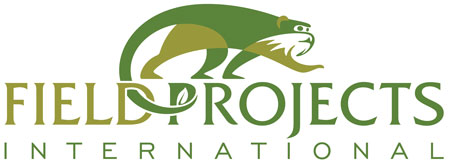Our Work in Progress
With a focus on select groups of wildlife with heightened potential to exchange pathogens with humans (i.e. nonhuman primates, bats, and small terrestrial mammals), here is what we plan to do:
- Characterize natural bacterial and viral pathogen diversity using high-throughput DNA metabarcoding.
- In the first instance, we will pool samples from the same species together to give a broad overview of what target host species have.
- Second, we will explore pathogen overlap across co-occuring species of primates, bats, rodents, birds, and small terrestrial mammals
- Third, we will index samples by animal per year, and perform metagenomics of select pathogens to study evolutionary change.
- Perform these tasks in realtime in the field for all newly collected samples, eliminating the need for a cold-chain, samples storage, sample exportation, myrid permits, and providing much needed training for local scientists.
- For select high-profile pathogens, innovate cheap test kits for wildlife rescue and rehabilitation centers that lack access to pathogen screening.
